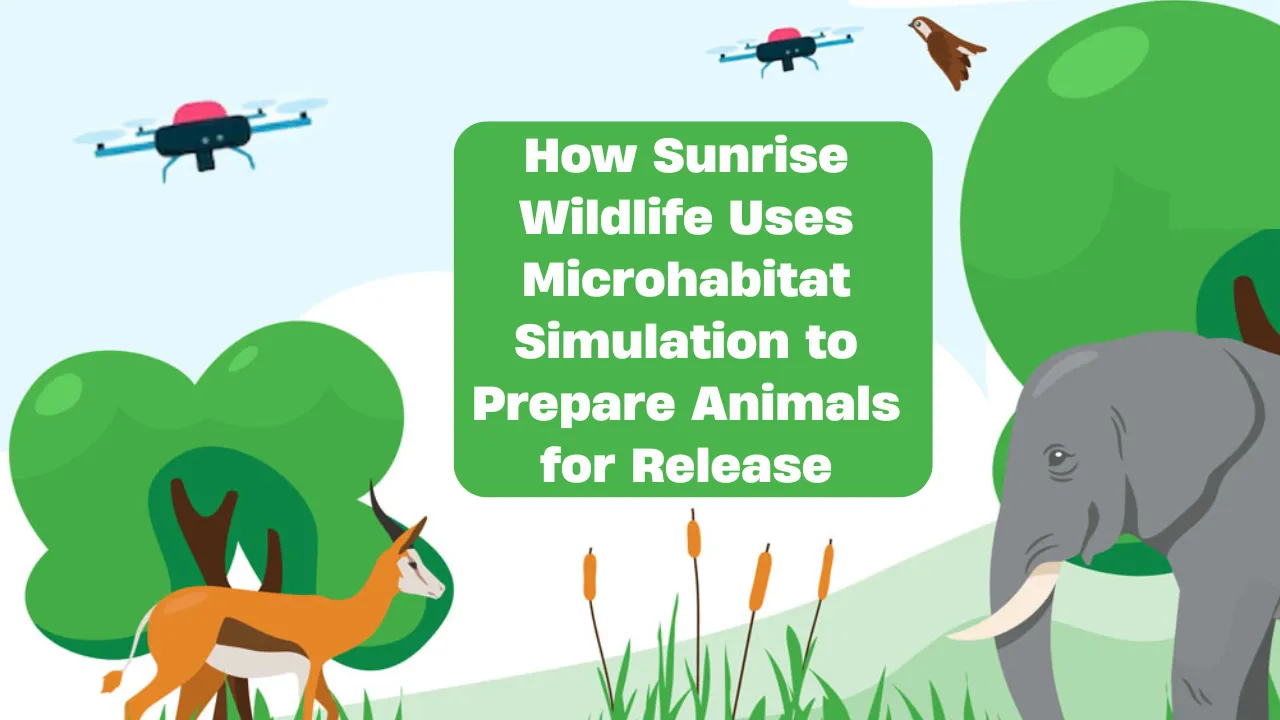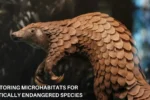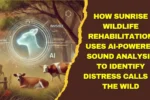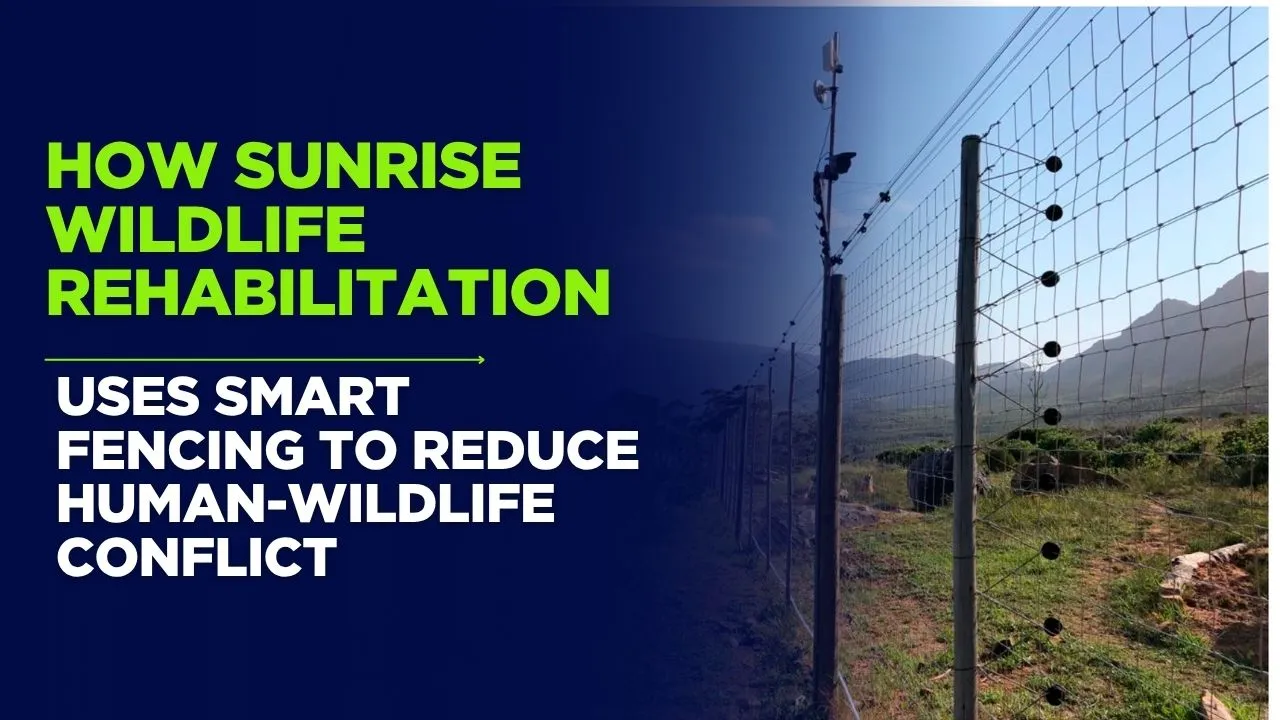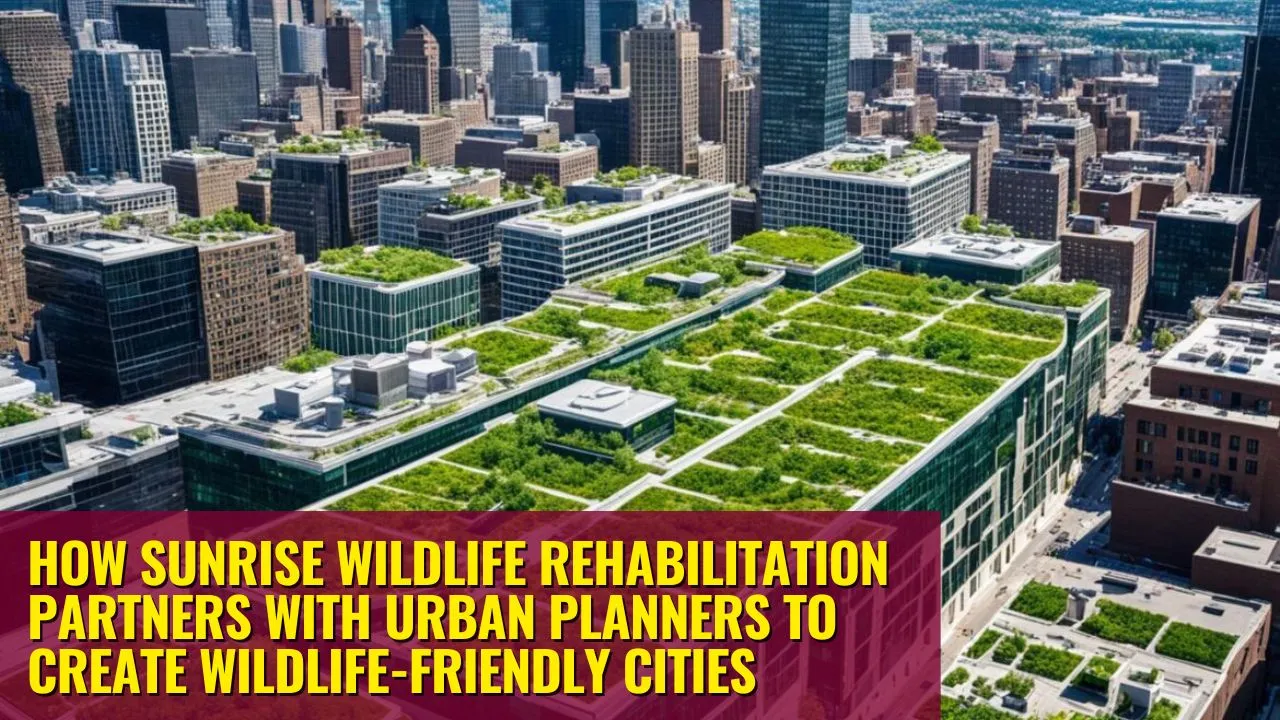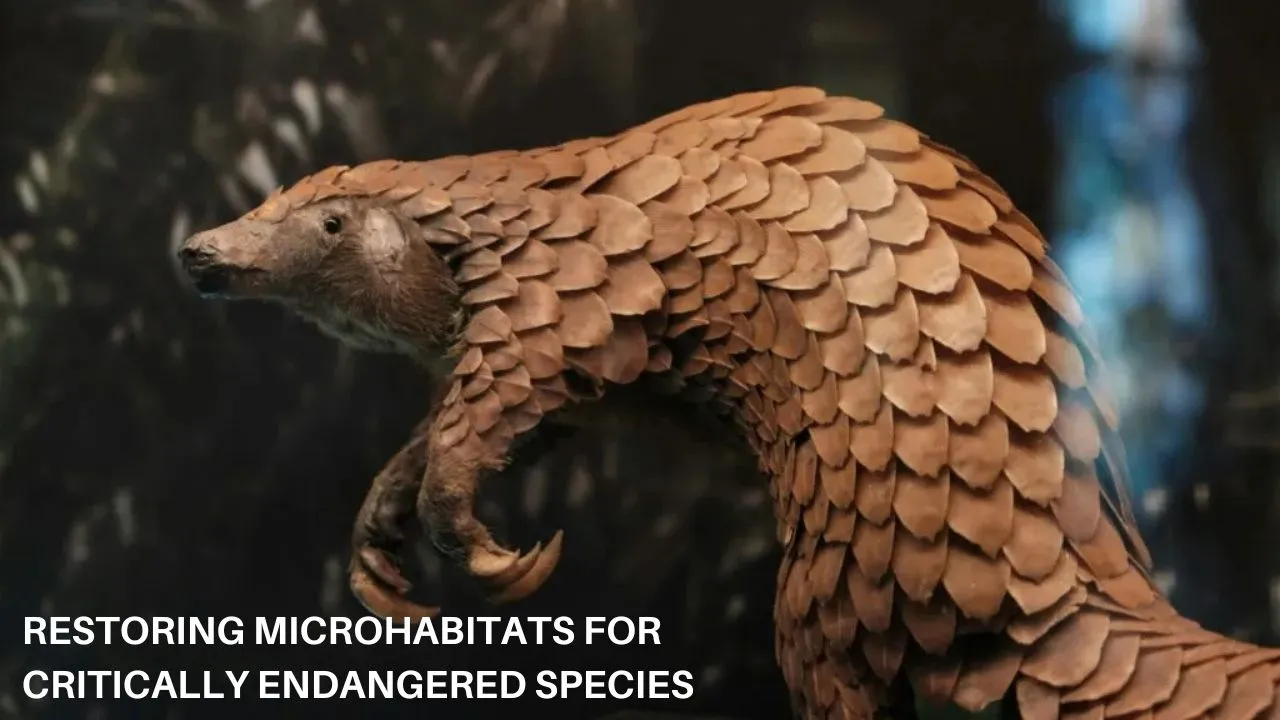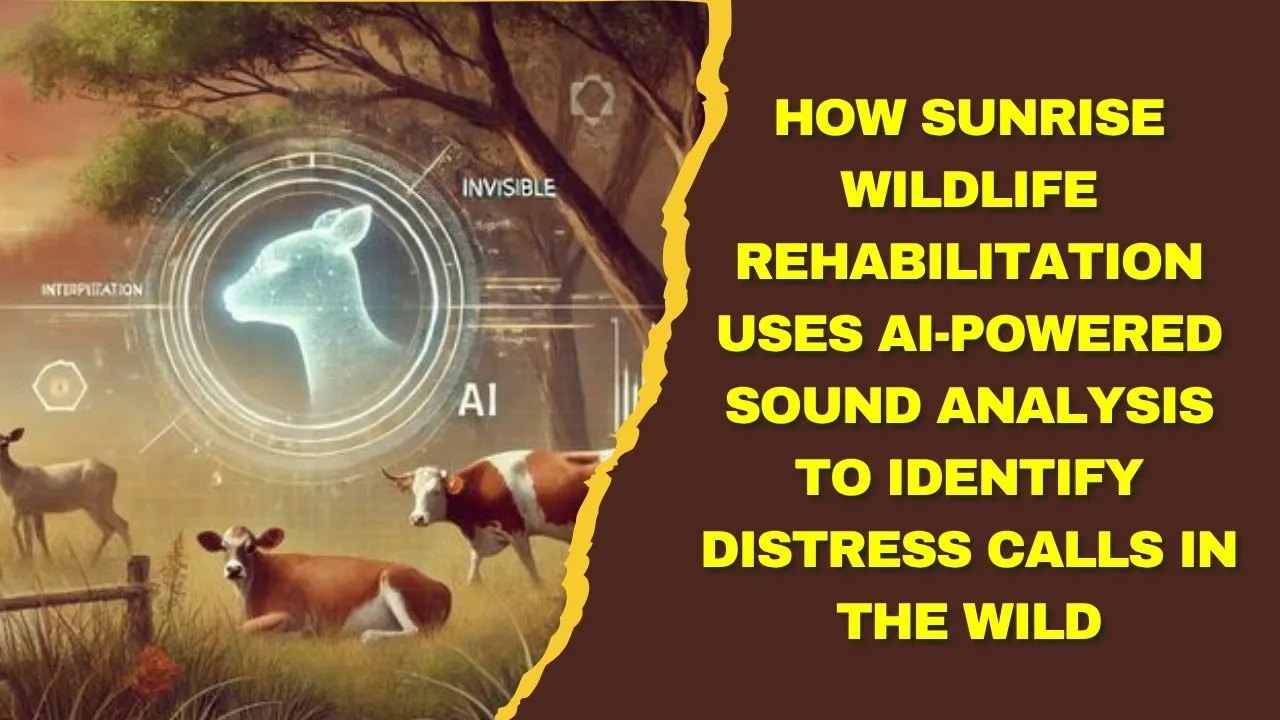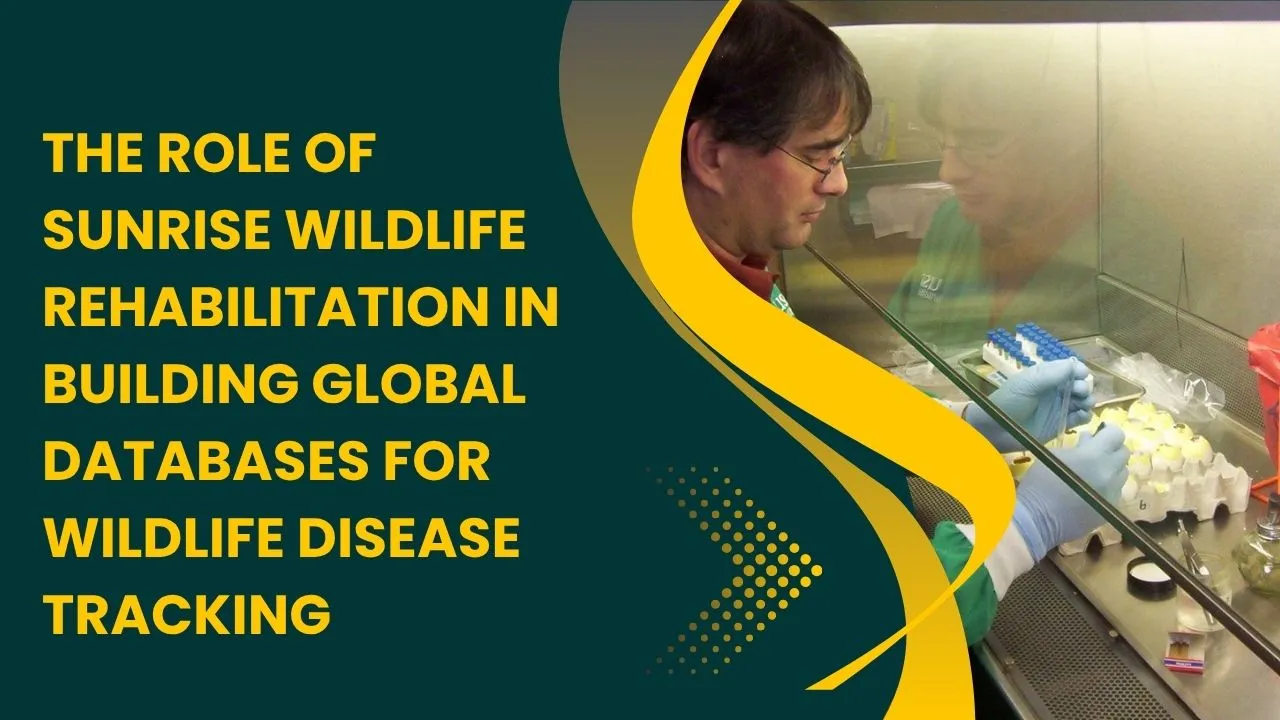Microhabitat simulation is transforming wildlife rehabilitation into a more effective, science-driven process. At Sunrise Wildlife, it has become a cornerstone for ensuring that rescued animals are not just physically healed but also mentally and behaviorally ready to survive in their natural habitats. By carefully recreating the conditions of their native environments, this method helps animals regain instincts that captivity may have dulled. It turns rehabilitation from a safe shelter into a full survival classroom.
This article explores how Sunrise Wildlife applies microhabitat simulation to prepare various species for release. We will look at how the process works, which animals benefit the most, and why this approach is being recognized as a leading practice in conservation. You’ll also learn about its challenges, long-term benefits, and the potential it holds for the future of wildlife rescue.
Microhabitat Simulation at Sunrise Wildlife
Microhabitat simulation at Sunrise Wildlife is more than just setting up an enclosure with plants and water. It involves replicating the exact micro-ecosystem an animal would experience in the wild, down to vegetation types, prey species, shelter patterns, and climate conditions. The enclosures are designed to teach animals survival skills such as hunting, foraging, nest building, predator evasion, and seasonal adaptation.
The goal is simple: give each animal the best possible chance to thrive after release. Staff work closely with biologists and ecologists to ensure every simulation matches the target habitat’s physical and ecological features. This attention to detail helps bridge the gap between the safety of rehabilitation and the unpredictable reality of the wild.
Overview of the Process
| Step | Description |
| Habitat Design | Tailoring vegetation, terrain, and climate to the species’ natural range. |
| Controlled Entry | Gradual introduction to prevent stress and encourage exploration. |
| Skill Training | Encouraging hunting, foraging, and nest-building behavior. |
| Observation | Monitoring adaptation and making adjustments as needed. |
| Pre-Release Check | Final health and behavior assessment before release. |
What is Microhabitat Simulation?
Microhabitat simulation refers to creating a small-scale, highly detailed replica of an animal’s natural environment within a controlled space. Unlike standard enclosures, these simulated habitats are species-specific, replicating soil type, native flora, natural shelter options, and prey-predator dynamics.
At Sunrise Wildlife, this method allows animals to face the same types of challenges they will encounter in the wild but in a monitored environment where they can be observed, supported, and coached toward independence. This makes the transition to the wild far smoother and significantly increases post-release survival rates.
Why Sunrise Wildlife Uses Microhabitat Simulation
Many animals leaving rehabilitation without proper environmental training face high mortality rates. They may struggle to find food, fail to recognize predators, or be unable to adapt to climate shifts. Sunrise Wildlife aims to avoid these outcomes by ensuring every animal undergoes environmental conditioning before release.
The organization uses microhabitat simulation to:
- Rebuild instinctual behaviors
- Strengthen problem-solving abilities
- Reduce reliance on human care
- Mimic seasonal challenges before the real thing
- Improve adaptation to local food sources and shelter types
This method transforms rehabilitation into a process that prepares the whole animal — physically, mentally, and behaviorally.
Steps in Sunrise Wildlife’s Microhabitat Simulation Program
Sunrise Wildlife follows a carefully structured program to make microhabitat simulation effective:
- Habitat Design
The first step involves studying the species’ ecosystem and replicating it with local plants, terrain features, and water sources. - Controlled Introduction
Animals are introduced gradually to the habitat to avoid overwhelming them, especially if they have spent extended time in captivity. - Skill Development
Staff place food in natural hiding spots, introduce live prey for predators, and encourage nest or den building. - Observation and Adjustment
Caretakers track the animal’s progress and adjust vegetation density, prey levels, or shelter availability based on behavior. - Pre-Release Assessment
Only when an animal shows consistent self-sufficiency and alertness to threats is it cleared for release.
Examples of Species That Benefit Most
Some species adapt to the wild quickly, but others need structured preparation. Sunrise Wildlife finds microhabitat simulation especially valuable for:
- Birds of Prey: These species need live prey hunting practice and space to regain flight strength.
- Small Mammals: Animals like raccoons and squirrels must relearn food-finding and predator avoidance.
- Reptiles and Amphibians: They benefit from controlled temperature ranges, natural basking spots, and prey access.
Each habitat is built around the needs of the specific species to ensure realistic and effective training.
Benefits of Microhabitat Simulation
Microhabitat simulation provides several long-term benefits:
- Higher Post-Release Survival: Animals leave with tested survival skills.
- Reduced Human Imprint: Minimizing human contact reinforces wild instincts.
- Environmental Familiarity: Animals recognize local food and shelter types before facing them in the wild.
- Ecosystem Stability: Successful reintroductions help restore balance to natural populations.
These benefits make microhabitat simulation one of the most valuable tools in modern wildlife rehabilitation.
Two Core Practices at Sunrise Wildlife
- Species-Specific Habitat Design: Every habitat is unique, matching not just general environments but specific ecosystem elements the animal will encounter.
- Gradual Release Training: Animals face increasing challenges, moving from controlled microhabitats to larger, more complex spaces before full release.
These practices ensure that the training feels natural, reducing the risk of failure after release.
Challenges in Microhabitat Simulation
While the benefits are clear, this method has challenges. Creating and maintaining accurate habitats takes time, money, and specialized knowledge. Seasonal changes can be difficult to replicate, and live prey management requires careful handling to keep the process ethical and effective.
Sunrise Wildlife addresses these challenges by working with a network of scientists, using local resources, and continuously refining designs based on each animal’s progress.
The Future of Wildlife Rehabilitation
The success of microhabitat simulation at Sunrise Wildlife is inspiring other rehabilitation centers to adopt similar models. Advances in environmental monitoring and automated habitat management could make these programs even more accurate and cost-effective.
In the future, we may see rehabilitation centers with entire sections dedicated to rotating seasonal microhabitats, giving animals an even more authentic pre-release experience.
FAQs
1. How does microhabitat simulation differ from a regular enclosure?
It is tailored to replicate a specific ecosystem with precise environmental features, unlike generic cages or pens.
2. Do all animals at Sunrise Wildlife go through this program?
Not all, but most species that need skill rebuilding or environmental adaptation benefit from it.
3. How long does an animal stay in microhabitat training?
It varies by species and individual progress, from weeks to several months.
4. Can microhabitat simulation help endangered species?
Yes, it is especially useful for endangered species as it maximizes survival chances.
5. Who designs these simulated habitats?
Wildlife biologists, ecologists, and experienced rehabilitation staff collaborate to ensure accuracy.
Conclusion
Microhabitat simulation is proof that wildlife rehabilitation can be both compassionate and scientifically effective. At Sunrise Wildlife, this approach equips animals not just to survive but to thrive in the wild. By recreating the challenges and resources of natural habitats, it turns rehabilitation into a true preparation for life beyond captivity.
Supporting organizations that use such methods means supporting the long-term health of our ecosystems. Share this story, spread awareness, and help ensure that every animal has the best chance to return home — stronger, smarter, and ready for the wild.
